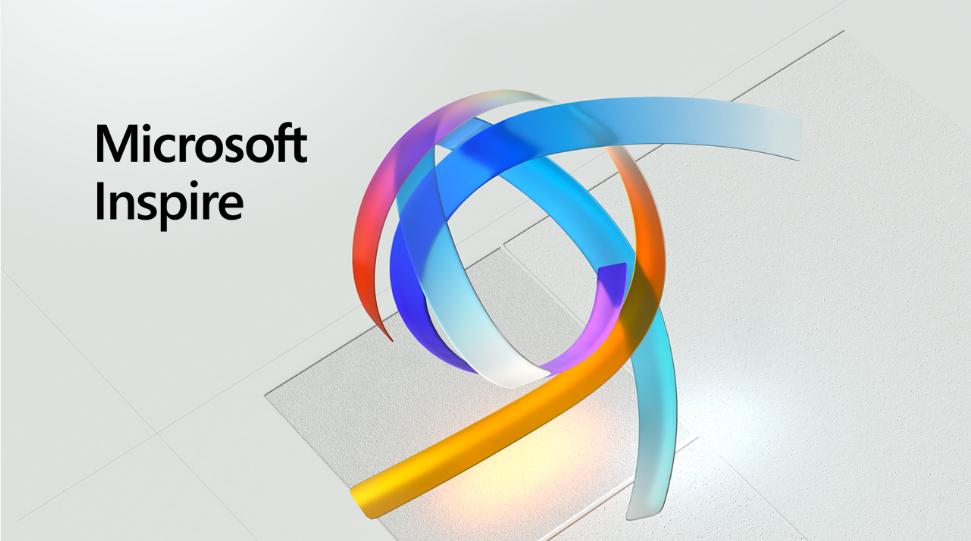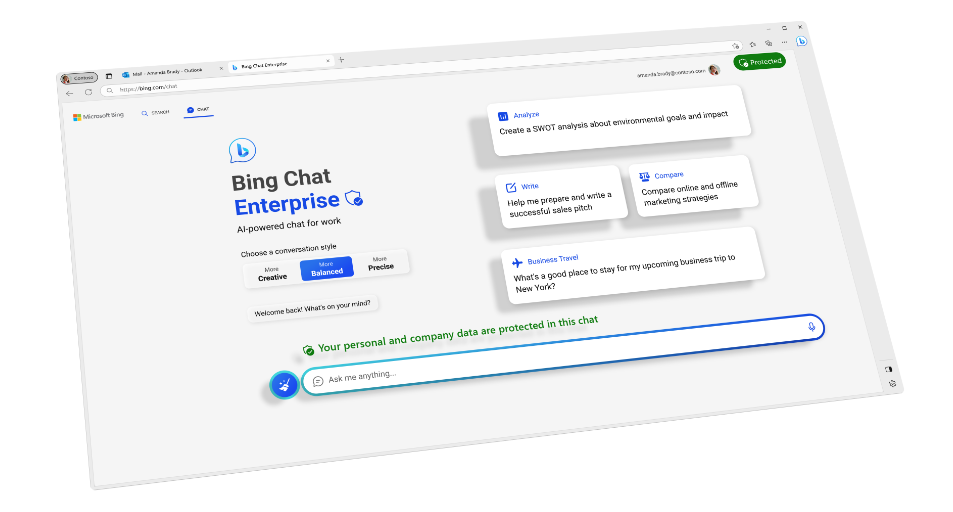Artificial Intelligence (AI) is revolutionizing the world, and reinforcement learning plays a significant role in this paradigm shift.
With its roots in machine learning, reinforcement learning enables AI to acquire knowledge by interacting with the environment and learning from its mistakes.
In this comprehensive article, we will explore the ins and outs of reinforcement learning, deep Q-networks, and how they contribute to AI decision-making.
Buckle up for a thrilling ride into the realm of AI and machine learning! 😃
Applications of Reinforcement Learning
Reinforcement learning has been successfully applied in various domains, such as robotics, gaming, healthcare, and finance. Some notable examples include:
- AlphaGo: Google’s DeepMind used reinforcement learning to develop AlphaGo, a program that defeated the world champion in the complex game of Go.
- Autonomous vehicles: Reinforcement learning algorithms help self-driving cars navigate complex traffic situations and make optimal decisions.
- Personalized recommendations: Online platforms like Netflix and Amazon utilize reinforcement learning to curate personalized content and product recommendations for their users.
The Building Blocks of Reinforcement Learning
Reinforcement learning consists of a few key components:
- Agent: The AI system that learns from interactions with the environment.
- Environment: The context in which the agent operates and learns.
- State: The current situation of the agent within the environment.
- Actions: The choices the agent can make to interact with the environment.
- Rewards: The feedback received from the environment based on the agent’s actions.
The agent learns by taking actions, observing the resulting rewards, and adjusting its strategy accordingly. This trial-and-error process allows the agent to learn the optimal policy for a given task. 😊
Deep Q-Networks for Reinforcement Learning
Deep Q-Networks (DQNs) are a powerful reinforcement learning technique that combines the strengths of deep learning and traditional Q-learning.
DQNs use deep neural networks to approximate the Q-function, which estimates the expected cumulative reward for taking a specific action in a given state.
In 2013, Google DeepMind introduced the first successful DQN that learned to play Atari games directly from pixel inputs. Here’s a simple Python code snippet to demonstrate the basic structure of a DQN:
import tensorflow as tf
class DQN(tf.keras.Model):
def __init__(self, action_space_size):
super(DQN, self).__init__()
self.dense1 = tf.keras.layers.Dense(64, activation='relu')
self.dense2 = tf.keras.layers.Dense(64, activation='relu')
self.output_layer = tf.keras.layers.Dense(action_space_size)
def call(self, inputs):
x = self.dense1(inputs)
x = self.dense2(x)
return self.output_layer(x)
Challenges in AI Decision-Making
While reinforcement learning has shown great promise in AI decision-making, it faces several challenges:
- Exploration vs. Exploitation: Striking the right balance between exploring new actions and exploiting known good actions is crucial for efficient learning.
- Sparse Rewards: In many real-world scenarios, the agent receives infrequent or delayed rewards, making it difficult to associate specific actions with their outcomes.
- High-Dimensional State Spaces: Dealing with large, complex state spaces can be computationally expensive and challenging for reinforcement learning algorithms.
- Safety Concerns: Ensuring safe and ethical AI decision-making is critical, especially when dealing with real-world systems that can impact human lives.
- Sample Efficiency: Reinforcement learning algorithms often require a large number of samples to learn effectively, which can be time-consuming and resource-intensive.
Future of Reinforcement Learning in AI
Despite these challenges, reinforcement learning holds immense potential for advancing AI capabilities. Here are some exciting developments on the horizon:
- Transfer Learning: Leveraging knowledge gained from solving one task to quickly learn new, related tasks.
- Multi-Agent Reinforcement Learning: Developing algorithms for multiple agents to learn and coordinate effectively in shared environments.
- Inverse Reinforcement Learning: Inferring the optimal reward function from expert demonstrations, enabling AI systems to learn more efficiently from human expertise.
- Hierarchical Reinforcement Learning: Structuring learning into a hierarchy of sub-tasks to enable more efficient and scalable learning.
- Meta-Reinforcement Learning: Designing algorithms that can learn how to learn, adapting rapidly to new tasks and environments.
In conclusion, reinforcement learning has already made significant contributions to AI decision-making, and with continued research and development, it promises to unlock even more potential in the future.
By exploring the world of reinforcement learning, deep Q-networks, and the challenges associated with AI decision-making, we can better understand and harness the power of these cutting-edge technologies.
So, let’s keep our eyes peeled and our minds open to the endless possibilities that reinforcement learning has in store for us! 😄
Thank you for reading our blog, we hope you found the information provided helpful and informative. We invite you to follow and share this blog with your colleagues and friends if you found it useful.
Share your thoughts and ideas in the comments below. To get in touch with us, please send an email to dataspaceconsulting@gmail.com or contactus@dataspacein.com.
You can also visit our website – DataspaceAI


